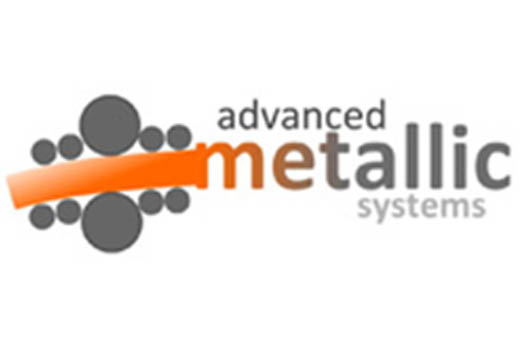CDT in Advanced Metallic Systems seeking PhD student

Note: This position has now been filled.
The Centre for Doctoral Training (CDT) is seeking candidates for a PhD project to develop new additive manufacturing strategies for minimally invasive therapeutic delivery.
The Centre for Doctoral Training (CDT) in Advanced Metallic Systems is a strategic partnership between the Universities of Sheffield and Manchester and I-Form, the Science Foundation Ireland Research Centre for Advanced Manufacturing, Dublin. CDT students will undertake the structured training and professional development programme at all three locations during the four-year programme.
3D Printed Medical-Grade Metal-based Microneedles as a Modular Platform for Minimally Invasive Therapeutic Delivery
An Engineering Physical Science Research Council-Science Foundation Ireland funded PhD studentship is available to develop new additive manufacturing strategies for minimally invasive therapeutic delivery. This is part of a research collaboration between Dublin City University, University College Dublin, pHion Therapeutics and the CDT in Advanced Metallic Systems, which will involve collaborative efforts with colleagues in Ireland.
The position will begin in September 2019. Candidates should hold or expect to hold a 2.1 Hons (or equivalent) degree in a relevant discipline such as Mechanical Engineering, Biomedical Engineering, Pharmacy, Chemistry or Materials Science. It is essential that the candidate has an enthusiastic attitude towards undertaking research in the fields of Advanced Metallic Systems, Additive Manufacturing and Healthcare Technology and is willing to travel to both academic and industrial collaborators for secondments (at least one month per year), training courses and dissemination activities.
Project Description
The World Health Organisation has reported that 9% of adults are diabetic, and projects that diabetes will be the 7th leading cause of death by 2030. Insulin administration for diabetic patients using hypodermic needles is a painful and difficult method for people who are needle phobic.
Hypodermic needles are used to provide a bolus delivery of insulin. Commercially available hypodermic needles are made from stainless steel and are developed using the tube drawing method. Typical hypodermic needles are 12–40 mm in length with a 450–200 μm outer diameter and 380–100 μm inner diameter. It is difficult to fabricate an array of needles with a dimension of less than a hundred microns using the tube drawing method.
An alternative approach for insulin delivery is using a transdermal patch, which could provide continuous delivery of insulin. However, it is difficult to transport large drug molecules (e.g. insulin) using traditional transdermal patches. The MN array approach has been considered as a viable method for macromolecule transport with fewer side effects. MN arrays are devices comprised of micron-sized needles that allow for large drug molecule transfer across the outer layer of skin. Owing to their reduced height, they are considered painless and have potential as a minimally invasive device for therapeutic delivery.
Nonetheless, there are several factors hampering the translation of MN arrays as a successful transdermal insulin delivery system: (1) MN array fabrication is a multi-step process and not cost-effective; (2) lack of clinical data relating to cytotoxicity; (3) limited drug loading in polymeric MN to maintain mechanical properties and piercing capacity; (4) insulin release into the systemic circulation is slow and (5) poor bioavailability and cellular uptake of insulin due to negative charge at pH 7.4 (i.e. anionic cargo).
Additive manufacturing of MN arrays from medical-grade metals (specifically stainless steel) offers an innovative platform for MN array design optimisation and cost-effective manufacture. This proposed multidisciplinary PhD project aims to design, fabricate and characterise the in-service performance of 3D printed metal-based MN arrays for transdermal delivery of insulin.
Specific Objectives of the PhD project are the:
- Design and development of 3D printed metal-based MN arrays
- Characterisation and optimisation of the 3D printing process for metal-based MN arrays
- Development of optimised post-processing steps to deliver the required structure, performance and cost
- Development of an additive spray-based method for MN array coating
- Proof-of-principle demonstration of therapeutic delivery in an animal model.

